Game Plan Time
As I mentioned at the beginning, Jessica and I are pretty adventurous people and would consider ourselves the "explorer" type of tourist. We want to stay away from tourist traps, as we feel like they are overrated and don’t provide an authentic experience of the city or town they are located in. We want to get lost and wander the streets to get a sense of the local life and local attractions. To do this we can't really have a set itinerary, but there are some touristy things we would like to do while we are visiting each country.
We have allotted approximately 5 days in Hungary. In Budapest we want to:
Visit the Ruin Bars in Budapest
The coolest nightlife in all of Europe is found in Budapest. These bars are built in abandoned buildings and feature lots of funky art installations and decor. They are amazing, fun, and great places to meet locals. People of all ages flock here. If you skip these bars, you miss out on one of most unique things about the city.
Visit a Traditional Bath House and a Bath House Rave
Szechenyi Baths
Szechenyi Baths, are the biggest and most popular baths in Budapest. It is the ultimate bathing experience in the capital, and, arguably, Europe – it is the largest medicinal bath on the continent. The first thing you notice about the Szechenyi baths is the stunning architecture. Once you leave the outdoor zone and step inside the regal building another world opens up; 15 pools spread over several hundred square metres, countless steam rooms, saunas, and freezing plunge pools!
Rudas Baths
Not only one of the city’s most mystical Turkish-style baths, Rudas is home to the monthly Cinetrip ‘sparty’ – that’s a party in a spa. The parties include DJs playing pounding techno, flashing lights, fire-throwers, and acrobats. It's a wild night in an environment which clubbing has rarely taken place before.
Chain Bridge
Walk across Chain Bridge, the first bridge to connect Buda and Pest. One walk across Chain Bridge and you will understand why Budapest is often referred to as the 'Pearl of the Danube'.
Our next stop is Croatia for about 6 days, where we want to visit Split and Zadar.
Discover the historical City of Split
Split is often referred to as the heart of Dalmatia. This enchanting city is built upon one of the most important masterpieces of ancient Roman architecture, Diocletian's Palace. The historical complex of Split including the palace of Diocletian is all categorized under UNESCO's world heritage site. Unearth a true piece of history while divulging in the gastronomic specialties of the quaint cafes and restaurants hidden within the walls of the palace.
Driving along Dalmatia to the bustling City of Zadar
Drive along and explore the Dalmatian coast by taking the scenic route using the coastal highway from Split to Zadar. While driving along the coast of Dalmatia you will be undeniably amazed by the natural beauty. Along the way you will drive through the hidden valleys of the richly landscaped Mediterranean hills filled with vegetation varying from olive orchards, vineyards, palm tress and evergreen forests. Once you reach your destination, Zadar, you will be more captivated than ever to discover what else Dalmatia has to offer. Zadar will certainly astound every visitor with its wide variety of cultural and historical sites along with numerous charming restaurants and dainty boutiques.
Sea Organ and Greeting To The Sun
Sea and the sun combine to give a virtuoso music and light performance on the promenade in Zadar. The Sea Organ is 35 pipes of different lengths, diameters and angles built into the steps over which the Adriatic washes. The tide pushes air down the tubes to produce a haunting and unpredictable symphony.
Architect Nikola Basic has added Greeting To The Sun, a glass circle set on the quay at the exact point on the waterfront from where you see what is said to be the world's most beautiful sunset. Photovoltaic plates (a type of solar panel) absorb energy by day and produce a show of dancing lights by night, and enough power to light the entire quay.
After Croatia, we will train to Italy, where we will stay with my aunt and uncle on the Amalfi coast for 3 days and then train to Pisa and stay for 2 days.
Relaxing on beaches in Conca dei Marini
Lido Capo di Conca
Lido Capo di Conca is the private beach just for people staying in Conca dei Marini. There is a vehicle that navigates masterfully down the steep hairpin cliffs and the driver drops you off at the top of Lido Capo. Then an open air jeep takes you down even more impossible cliffs until you reach the 100 or so steps down to the beach! It is a thrilling ride and the views are amazing. Once you reach the "beach" (which along much of the Amalfi coast means sun beds on cement) you are rewarded with your own little corner of paradise. The water is crystal clear, the views of the mountain cliffs dropping off to the water are amazing, there is a diving board, which is fun for everyone and the snack bar is great.
Emerald Grotto (Grotta di Smeraldo)
 Set in the bay of Conca dei Marini, this awesomely beautiful cave is named for the colour reflected in the water and offers many fascinating geological structures. The Grotto Esmerelda is amongst the most noteworthy natural landmarks in Campania. A fascinating sea cave which can be reached by either road or boat, the Grotto Esmerelda is often better known to tourists as the Emerald Grotto, due to the rich green colour of its sandy, watery floor. Guided tours by boat transport passengers right into the illuminated cavern, passing large stalactites and stalagmites along the way.
Set in the bay of Conca dei Marini, this awesomely beautiful cave is named for the colour reflected in the water and offers many fascinating geological structures. The Grotto Esmerelda is amongst the most noteworthy natural landmarks in Campania. A fascinating sea cave which can be reached by either road or boat, the Grotto Esmerelda is often better known to tourists as the Emerald Grotto, due to the rich green colour of its sandy, watery floor. Guided tours by boat transport passengers right into the illuminated cavern, passing large stalactites and stalagmites along the way.The seascape of the Amalfi Coast: Snorkeling or scuba diving tour
Enjoy the diving on Amalfi Coast! Come with us on a journey between two worlds: landscape and seascape. An unforgettable experience, diving in the beautiful surroundings of one of the most famous and beautiful coasts of Italy, the Amalfi Coast. The calcareous nature of the Mediterranean area is full of caves, grottoes and cavities. Do not miss the shallows offshore, where the current and the constant presence of small blue fish is the perfect environment to admire our typical fishes such as amberjack, tuna, saddled bream, and pilot fish. With a bit of luck, admire the dolphins who will follow us!
I have been snorkelling before but scuba diving would be something I would love to try. It is definitely outside of my comfort zone but has always been something I wanted to do and there is no time like to present to give it a try!
Piazza dei Miracoli
The Square of Miracles is home to many of the city’s most beautiful attractions: the Baptistery, which shares the piazza with the imposing Camposanto (sacred burial ground) whose 43 blind arcades face the square. The famous Leaning Tower rises
directly behind the cathedral, in the middle of a large extension of green grass. Start your visit at the Cathedral of Pisa, with its marble facade, adorned by columns and statues; then visit the Baptistery, both indoors and out.
Then, walk to the top of the Leaning Tower and finish your visit in the Monumental Cemetery, inside which you can visit a collection of ancient Roman sarcophaguses and frescoes of the Master of the Triumph of Death.
Walk along Corso Italia
This street is the main venue for shopping, which every girl needs to do a bit of even while on vacation. At the end of this large street, there are "Logge dei Banchi", a loggia by the architect Bernardo Buontalenti. It used to host a market and today it’s still used for this purpose, especially during the Christmas holidays. His profile, next to the clock tower, is one of the most famous views of Pisa along the Arno River.
Go to the left and continue walking for two minute: you’ll reach Palazzo Blu, a venue which hosts lots of wonderful art exhibitions. You’ll see also a beautiful church on Arno river: it’s "Chiesa della Spina".
Go to the left and continue walking for two minute: you’ll reach Palazzo Blu, a venue which hosts lots of wonderful art exhibitions. You’ll see also a beautiful church on Arno river: it’s "Chiesa della Spina".
After Italy, we want to stop in Nice for a couple of days. Nice is supposed to be a gorgeous city, it is called Nice la Belle, which means Nice the Beautiful. It is also a special stop for me because my mother went to Nice on exchange when she was in University and my father came to visit her, which was their first vacation away together. They just celebrated their 25th wedding anniversary and I hope to one day share a love like they do.
Promenade des Anglais
The legendary Promenade des Anglais is a long seaside walkway that stretches along the Mediterranean coast in Nice France. Built in the 1830s, visitors to Nice can enjoy a leisurely walk along the Baie des Anges.
The Charm of the Old Town
The old area of the city of Nice, also known as the Old Nice in English and Vieux-Nice or Vieille Ville in French, is the home to many shops, restaurants and pubs among other places. There, you can visit the Nice Opera, St. Reparata Cathedral or the Palais Lascaris. From the castle hill, accessible by foot from Cours Saleya, you can enjoy magnificent views over the English Promenade and the Bay of Angels. Cours Saleya is the main pedestrian street in the Old Nice.
It is especially famous for its Flower Market, classed by the National Culinary Arts Council as one of the best markets in France. The multiple colours of the flowers in this market and the scent that comes from them will amaze you.
It is especially famous for its Flower Market, classed by the National Culinary Arts Council as one of the best markets in France. The multiple colours of the flowers in this market and the scent that comes from them will amaze you.
We may also visit a beach in Nice but mostly we will enjoy exploring this beautiful city. Eating options are some of the best you’ll find in France, the nightlife is buzzing and the art scene thriving all things that are right up our alley.
Continuing along the coast we will make our way to Spain, where we will stop in Barcelona for 4 days, take a ferry to Ibiza and stay there for 2 days and then stop in Madrid for 4 days.
Placa Reial
A beautiful square located just off Las Ramblas, it’s a must see for anyone looking for traditional Spanish and Catalan restaurants in Barcelona. Placa Reial (Royal Plazza) is also home to some of Barcelona’s best nightclubs. Check out Sidecar for live bands and indie rock music or head over to Jambore for pumping hip-hop and dance classics.
Placa Reial
A beautiful square located just off Las Ramblas, it’s a must see for anyone looking for traditional Spanish and Catalan restaurants in Barcelona. Placa Reial (Royal Plazza) is also home to some of Barcelona’s best nightclubs. Check out Sidecar for live bands and indie rock music or head over to Jambore for pumping hip-hop and dance classics.
Explore Gaudí and modernism
 |
| Park Güell |
Go Paragliding
Paragliding is the newest and fastest growing form of foot-launched flying. In this experience you will discover and enjoy the freedom of gliding hundreds of meters above land. Once in flight, your paraglide will soar up through the air and your instructor may even perform some exciting manoeuvres for you. If experiencing the quiet peacefulness in the sky appeals to you, then this is the opportunity for you.One of my goals in life is to go skydiving but it is expensive and at the furthest end of my comfort zone. Jumping off a cliff and soaring through the sky may be a nice but still thrilling introduction to one day jumping out of an airplane!
Party Till Dawn
| Es Paradis |
Ibiza is renowned for being a top party destination in the Mediterranean, with crowds composed mostly of young people and tourists from all over the world making their way to the island during the summer. Music artists and some of the world’s top DJs perform at the most popular nightclubs and bars such as Es Paradis, DC10 and Eden. House, techno and trance music dominate the music scene and Ibiza’s clubs and bars are often used by various DJs to launch new songs and compositions to a very receptive audience.
Visit Eivissa Dalt Vila
Eivissa Dalt Vila literally means Ibiza Upper Town and commonly refers to the oldest part of the old town, which the local government has declared a protected area. Top attractions in Eivissa Dalt Vila include the imposing 14th century cathedral of Santa Maria d’Eivissa, which overlooks town and provides a stunning view of the harbor from a rise and the Necropolis of Puig des Molins, an interesting burial cemetery used for over a thousand years with a vast network of over 3,000 burial chambers buried deep underground.
Discover Atlantis
The area known as Atlantis is the site of a former quarry – the site where the rocks that form the basis of the Old Town were all sourced from. The old quarry site has now been totally reclaimed by the sea and at first glance appears to be a whole town completely underwater. It is an excellent place to take some unique photographs as the scenery is stunning and quite picturesque. Who knows, perhaps you might catch a glimpse of a mermaid or siren flitting about the edge of your vision!
Chocolatería de San Ginés Restaurant
Founded in 1894, San Ginés is the perfect place to enjoy Madrid’s famous breakfast: chocolate and churros. The Chocolatería de San Ginés is almost as famous for the hours it keeps as for its churros, staying open all night long until 6 or 7am and often seeing its busiest hours after 4am on weekends, when the hungry revellers turn up in droves to sample the fare. It's quite an experience just to be in this cafeteria, since it maintains much of its original decor, with the marble-topped bar, wood panelling and the old wall-clock. All in all, this is definitely one of those experiences that really defines a city, and one you shouldn't miss if possible when in Madrid.
The Teleférico, Madrid's Cable Car
If you want to see Madrid from a bird's eye view, take the cable car ("el Teleférico") that was originally built as part of the Parque de Atracciones amusement park. The cable car carries you above the city's parks and the Manzanares River in the distance, as a recorded commentary describes what you are looking at. You'll be seeing attractions such as the Plaza de España and the Egyptian temple of Debod from a completely different perspective, as well as taking photos from several other angles.
Botín Restaurant
According to the Guinness Book of Records, this is the oldest restaurant in the world, dating from 1725. The restaurant is also mentioned in the book Fortunata y Jacinta by Benito Pérez Galdós (published 1886-1887) and Goya supposedly worked here before becoming a painter. Hemingway was a frequent visitor and pronounced it one of his favourite restaurants. Today, the restaurant is decidedly a tourist spot, since it appears in so many guides. Don't let that put you off, though, because Spaniards still go here to sample the excellent food, specialities being cochinillo asado (roast suckling pig) and cordero asado (roast lamb). The restaurant in housed in a XVI century building in the old part of Madrid and really is a must when visiting Spain's capital.
I also cannot wait to just sit down for lunch, order a glass of wine, get some free "tapas"with my drink, listen to the music and take in the flamenco atmosphere. I might even get to see a flamenco performance if I choose the right restaurant!
From Spain we will fly to Germany, where we will spend 5 nights in Berlin, and a couple of days in Cologne with our friend Aaron.
Brandenburger Tor (Brandenburg Gate)
The Brandenburger Tor is one of Germany’s most visited landmarks and an icon of the city of Berlin. During its more than 300-year history, it has played many different roles. It has been a symbol for peace, war, victory, terror and war all over and since 1989 it stands for the reunification of Germany. Special Tip: Go there by night! There will be less people and the chances of you getting a picture in front of the illuminated Brandenburger Tor with no one else on it are significantly higher.
Zoologischer Garten (Zoological Garden)
Walk the Berlin Wall
The Wall was mostly demolished between June and November 1990 although a restored stretch remains along the southern border of Wedding and Mitte. Take a walk along the Wall by the Spree, where it runs between the Freidrichshain-Kreuzberg districts. Whereas graffiti has been removed from the northern section of the Wall, the one-mile stretch known as the East Side Gallery is dedicated to art and preserves the paintings made on the eastern side when the Wall was brought down. The East Side Gallery is now the world’s longest open air gallery. Over 100 paintings such as the famous kiss of Erich Honecker and Leonid Brezhnev can be seen here on a more than one kilometer long, still intact original section of the Berlin Wall.
Take a trip on the Rhine
The river cuts through Cologne's city centre and you can take all kinds of trips on the water to enjoy some amazing views of castles and vineyard landscapes.
Climb the 500+ steps up the Cathedral tower
Built between 1248 and 1880, Cologne Cathedral is regarded as a masterwork of medieval Gothic architecture. It is one of the largest churches in Europe and its twin towers dominate the landscape. The platform of Cologne Cathedral's South Tower offers an impressive view from a height of approximately 100 m. In order to enjoy the impressive view across the city and the Rhine from this spot you must first climb the 533 steps. When the weather is good it is possible to see as far as the hills of the Siebengebirge.
From Cologne we will make our way to Maastricht, where some of my family lives, for a couple days and then end our journey with a 4 day stay in Amsterdam.
Bisschopsmolen
Bisschopsmolen has a working 7th-century water wheel that powers a vintage flour mill that supplies an adjoining bakery. The loaves come in many forms and are joined by other tasty treats (direct from the ovens that are on view out the back). The cafe has sandwiches and other house-made creations, and you can self-tour the mill and see how flour's been made for eons.
Onze-Lieve-Vrouweplein (Square of Our Lady)
The Square of Our Lady is located next to the Basilica of Our Lady. The square is well-known because of the restaurants with terraces, making it one of the cosiest places in Maastricht and a nice place to go for a drink or meal.
Explore De Wallen
Take a stroll in De Wallen, Amsterdam's red light district, to see what all the fuss is about and learn that there's more to it than the sex tourism it attracts. The red-lit windows where sex workers primp are often attached to historic townhouses, and monumental architecture abounds in that sliver of the city. The Oude Kerk (Old Church), established in 1306, presides over its own square, while Museum Ons' Lieve Heer op Solder ("Our Lord in the Attic" Museum), a former clandestine church sequestered in a townhouse attic, testifies to a time when Catholic worship was forbidden, before the Netherlands became known worldwide as a beacon of tolerance. De Wallen is also home to a number of fine restaurants, and just a stone's throw from the diverse eateries of Amsterdam Chinatown.
Remember Anne Frank and the Dutch World War II Experience
World War II memorials like the Dutch National Monument, the Homomonument and others commemorate the victims of this war, and three spectacular museums are devoted in whole or in part to this period. The Anne Frank House is one such museum, where visitors can explore the "secret annex" where Anne hid for years with her parents, sister and three others as she composed her famous diary. Brave individuals like the couple who harbored the Franks were part of the Dutch Resistance movement, and to them a museum is also dedicated: the Verzetsmuseum, voted the best historical museum in the Netherlands, which documents the tireless attempts of the resistance members to thwart the Nazis. The Jewish Historical Museum, too, retells how the Holocaust devastated Jewish communities in the Netherlands, and how these communities have rebuilt themselves in its wake.
My grandmother escaped from Holland with her family during WWII and Jessica is Jewish, so these museums will hit close to home for the both of us.
Canal Tour
Amsterdam is known as the Venice of the North. 20% of Amsterdam's surface is water and with over 100 kilometers of canals, around 90 islands and 1500 bridges, traveling by water is a great way to see the city. No visitor should miss out on a water-borne tour of the splendid canals of Amsterdam. The canals, which were declared a UNESCO monument in 2010, aren't just a picturesque attraction, but were essential to defense and transport in 17th-century Amsterdam. With the arrival of the automobile, hundreds of canals were filled in nationwide to accommodate the new mode of transport, but Amsterdam has retained 165 of its historic canals, more than any other Dutch city.












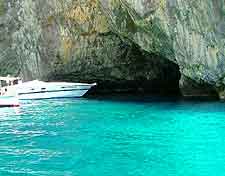

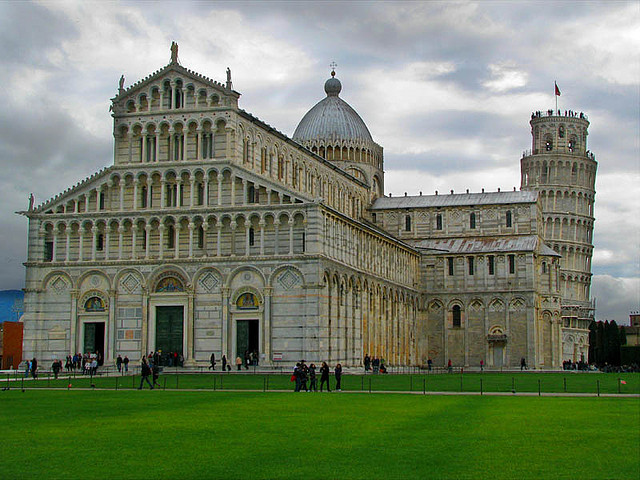


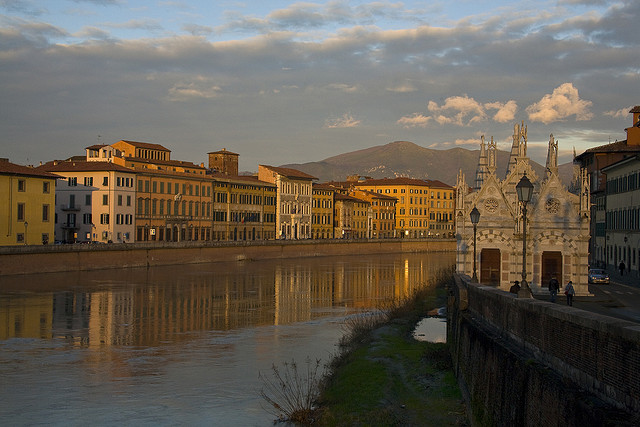
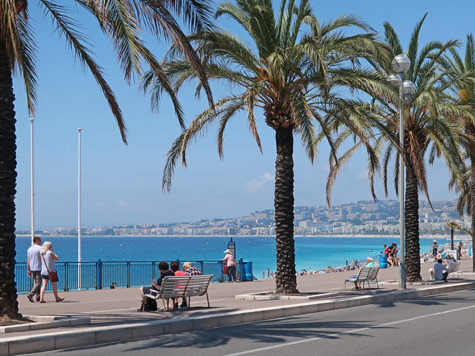



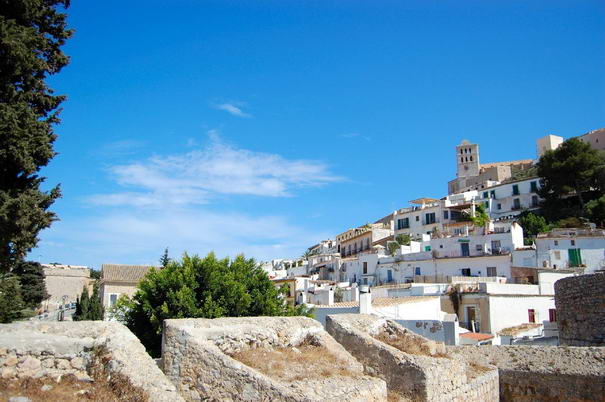
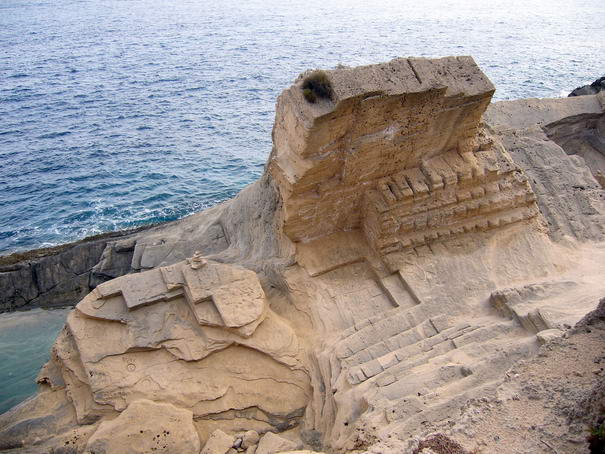



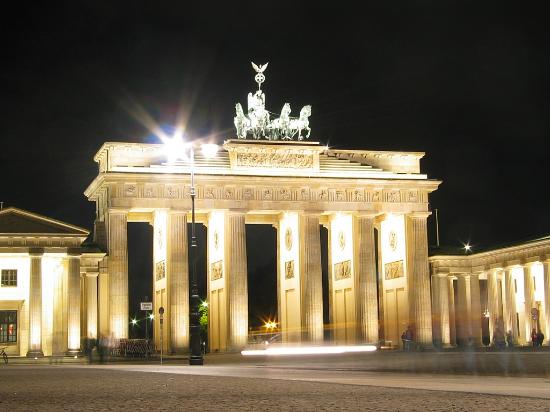



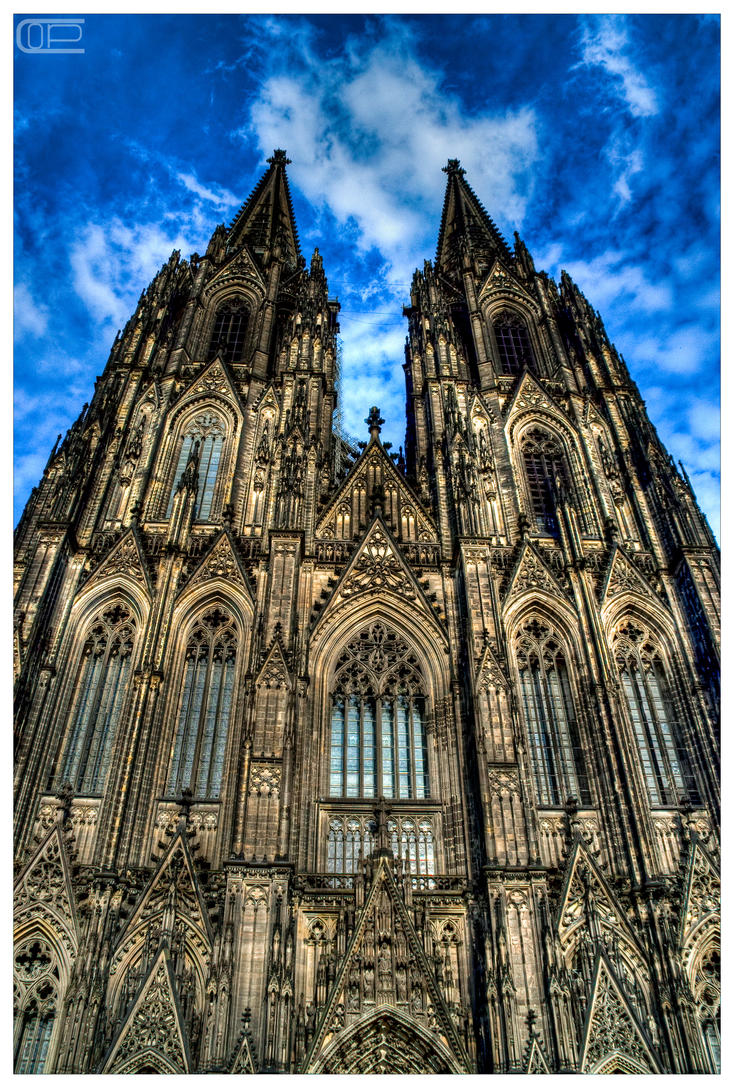
(c:0).jpg)



